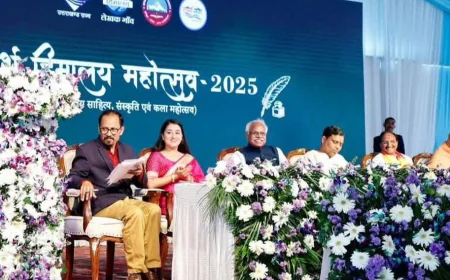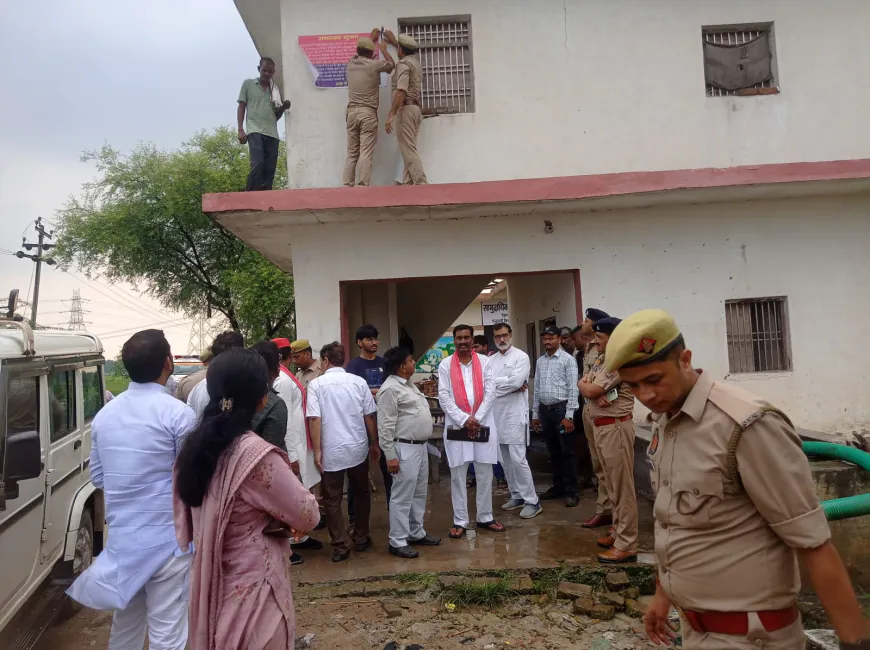AI Camera Traps Revolutionize wildlife conservation in India

AI Camera Traps Revolutionize wildlife conservation in India
Wildlife conservation in India is changing with technological advancements over the last decade. AI-enabled camera traps are making it possible to identify species, prevent human - wildlife conflict and expedite monitoring. It saves researchers time and makes real preservation effective. The wildlife conservation landscape in India has been slowly changing over the last decade. On-device artificial intelligence (AI) is now joining traditional camera traps. Because these cameras are equipped with machine learning modules, we can instantly categorize the photos/videos taken from them.
The species of animals, their factual identity and the dangerous events that accompany them - such as access by predators or human intrusion - we can not only identify these problems while living. Thanks to these on-device AI, forest control or conflict management teams can be alerted if there is any problem and thus real time wildlife conservation and human-wildlife conflicts can also be easily managed. Today's priority technologies and the way of working have become quite simple due to technology. For example, solar and battery-powered smart cameras have been deployed on wildlife roads these days. The embedded AI module (or cloud pipeline) in these cameras filters pictures, removing the invalid images generated by bush movements or human actions. We can only focus on wildlife imagery Some systems start sending live alerts from mobile or wireless links as they are triggered to speed up wildlife patrolling. This greatly reduces the cost of traditional hand-filtering and reduces response time to minutes instead of hours.
AI-supported camera traps allow us to classify a large number of images quickly and reliably, saving researchers massive amounts of time. Individual Species or species are easily identified and this makes individual capture possible at the biometric level. Get real-time alerts about clashes between wildlife It helps to catch human violence or prey. At the same time, this new system makes it very easy to share data across national and international platforms which facilitates monitoring and analysis of wildlife. However, the challenges are still not low. Real-time connectivity is not possible in rural areas or where there is no internet access, because facilities such as solar charging are still not easy. In addition, local geographical factors - such as excessive rainfall or higher winds - create a lot of false triggers. The most important thing is about privacy and the social impact of wildlife. Various reports say that sometimes the use of cameras and drones becomes a means for monitoring or harassing rural areas in the name of forest surveillance, creating distrust among local communities and forest workers. Therefore, the adoption of technology requires transparency, local engagement and privacy policy. However, the places where this modern technology is particularly available have protected wildlife parks in Uttarakhand, especially Jim Corbett Tiger Reserve and AI-powered cameras around. Similarly, AI camera alert systems in the big tiger landscape of Madhya Pradesh have been effective at reducing human-wildlife conflict. Recent Camera Trap Survey at Sanjay Gandhi National Park, Maharashtra has taken the presence of leopards in urban forests under close surveillance.
Camera traps have also been made easier in Kaziranga, Tamil Nadu and some other wildlife parks. But this feature is not available everywhere right now. In this way, AI-enabled camera traps have now taken the monitoring of wildlife beyond research levels to an attempt to protect them and rid them of conflict.
Vijay Garg Retired Principal Malout Punjab







































